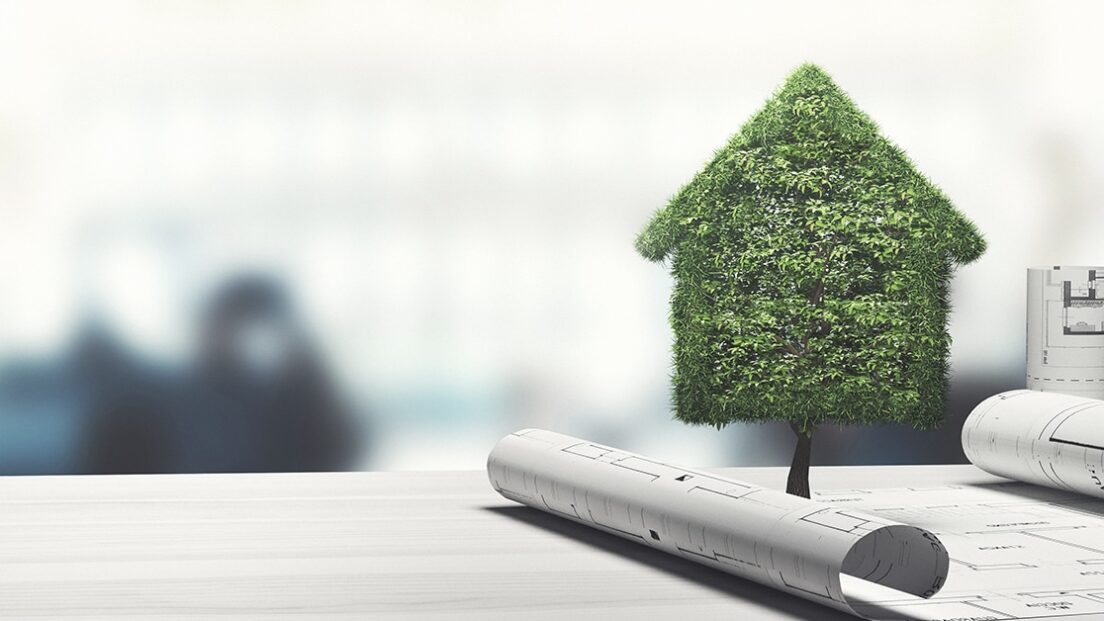Multifunctional building boards reduce energy

Building elements made of composite materials have great potential to save energy and emissions. To do this, they must be expanded to include one or more functions. This is shown by researchers from the Laboratory for Heat Technology for the Built Environment at the Swiss Federal Institute of Technology in Lausanne.
Multifunctional building panels made from fiberglass-polymer composites could significantly reduce the energy consumption of buildings. This is the conclusion reached by researchers from the Laboratory for Heat Technology for the Built Environment ( TEBEL ) at the Swiss Federal Institute of Technology in Lausanne ( EPFL ). Such composite materials could become the most important building materials alongside concrete, steel and wood, according to a press release from EPFL.
"With the current construction methods, each building element only fulfills a single function", the assistant professor at the EPFL faculty for architecture, civil and environmental engineering and TEBEL director, Dolaana Khovalyg, is quoted as saying. This is "out of date and labor-intensive and time-consuming". As a result, the conventional construction method is associated with a high proportion of bound energy. Alternative solutions are modular, prefabricated, multifunctional building elements. They could reduce the embodied energy of buildings.
Engineers from TEBEL and the Composite Construction Laboratory have shown that panels made of fiberglass-polymer composites can be used as structural elements in buildings. The team has developed a system in which water circulates through the hollow structures and the panels become elements for underfloor heating. It is also possible to use the hollow cells for electrical lines and ventilation ducts. This would also improve the use of the building space.
Computer simulations on a building in the EPFL Innovation Park have shown that the panels guarantee sufficient thermal efficiency and structural fire resistance. In addition, their construction offers the same room comfort as conventional underfloor heating. Because of the lower water temperature, it would use much less energy.